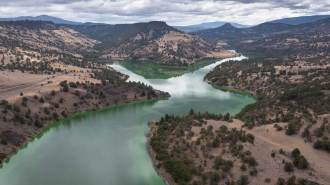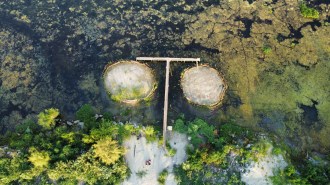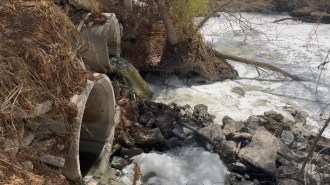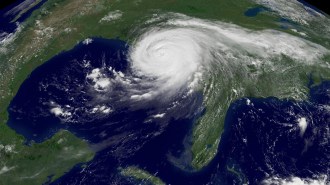50 years ago, American waterways were getting more protections
Excerpt from the April 11, 1970, issue of Science News
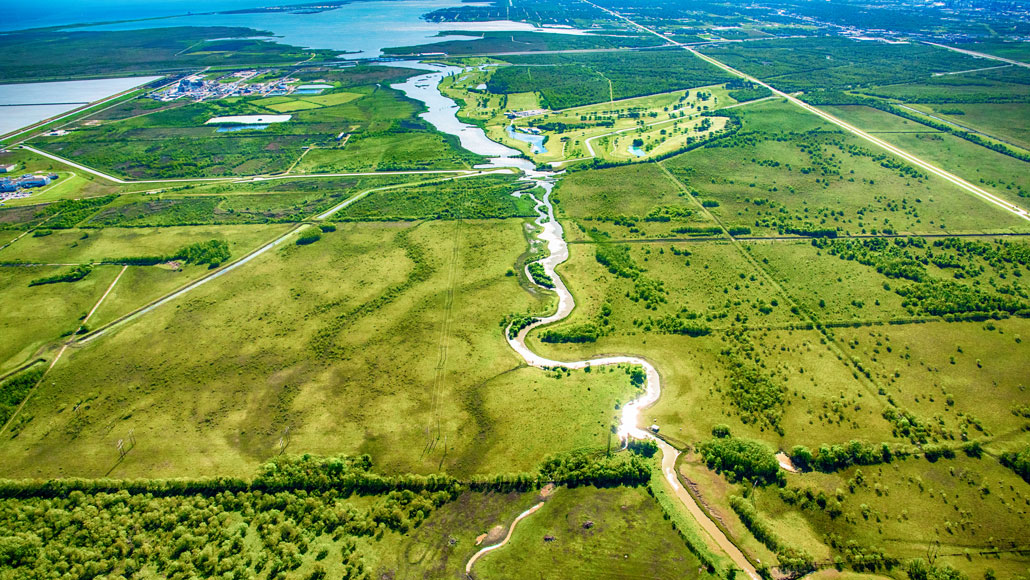
Streams, such as the Moses Bayou in West Texas, became healthier and cleaner with the help of clean water legislation. But a recent ruling could leave these waters more vulnerable to pollution.
Art Wager/E+/Getty Images



